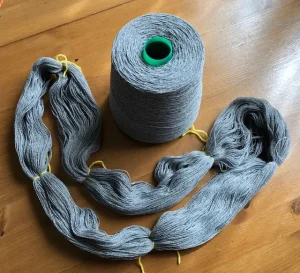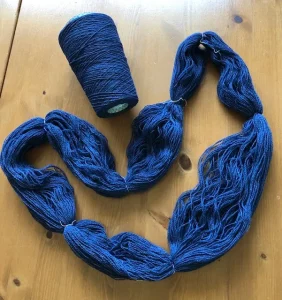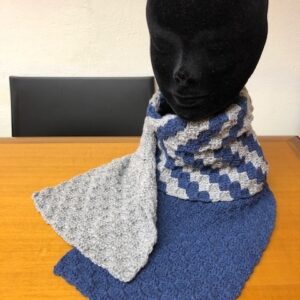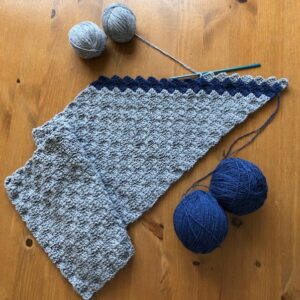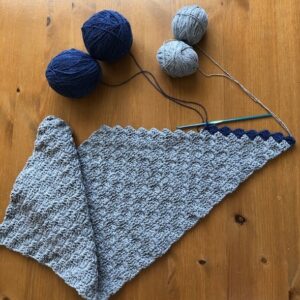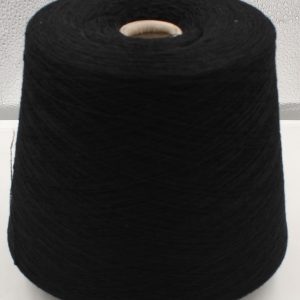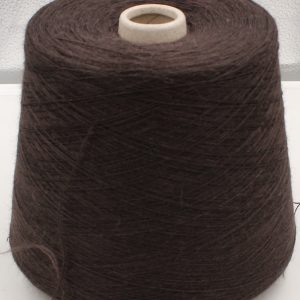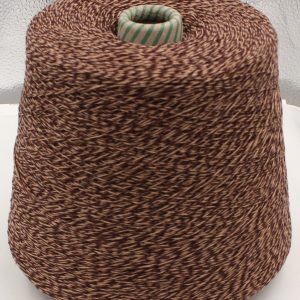EcoCashmere: Quality and savings
When knitting several yarns by hand, you must always focus on quality. Why? Because handwork is very precious, it takes up a lot of our time. If we use low quality yarn, we waste the most precious thing we have: time.
After hours and hours of work, our garment could only hold up to the first wash or, even worse, after wearing it a few times, it could deform.
Focusing on quality often means spending more money. Quality has its value, of course.
Cashmere is one of the most precious yarns that exists. The prices, we all know, are very high, but… here, there is a “but” that is worth taking into consideration. It is called EcoCashmere.
In this article, you will be able to read what it is and how it is produced. In short, it is regenerated cashmere (produced by an Italian company). Yes, precious things can’t be thrown away, maybe we can transform them. And, thanks to this particular production process, it is also possible to lower the price of cashmere while maintaining quality.
So, here comes the question: “Is it possible to both have quality and saving money?” I definitely answer “Yes!”.
I decided to use EcoCashmere for my next creations and share my experience and my models with you.
Summer is now ending and perhaps we need to start thinking about Christmas gifts. As you know, I love scarves, so today I propose you another scarf, this time made by crochet with EcoCashmere.
I used 2 threads of yarn with the title 2/13, so thin enough (but not too much) to be able to crochet it (in my case, crochet n. 3); the crochet number depends on your hand, so choose the right one for you.
On the Hircus Filati website, all the yarns in cones have to be treated (on the site you will find information on how to do it). So, as always, I made a skein and tied it up in more than one point, washed it, and then made 2 balls of yarn.
I must say that this operation can be avoided with EcoCashmere, because it is a regenerated yarn and has been washed several times before. So, I noticed that, unlike non-regenerated cashmere, these Ecocashmere cones don’t change much if treated.
I explain it better: if you don’t wash EcoCashmere in cones, it will remain slightly rougher. If you wash it, it will soften a bit, but measures practically won’t change.
I made the scarf with the C2C (corner to corner) technique that I explained in this post. If you prefer a video tutorial, you can see it on my Facebook page. I want to emphasize once again that this stitch is truly fantastic, relaxing and pleasant to do. Many of my students, enchanted like me by C2C, have done entire blankets with it. An EcoCashmere blanket? Why not!
Let’s go back to the scarf. One-third of the scarf is made with gray yarn, one-third is striped (2 turns with gray alternating with 2 turns with blue) and, at the end, one-third is made with blue yarn.
I was satisfied, I hope you like it too 🙂

